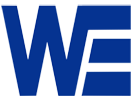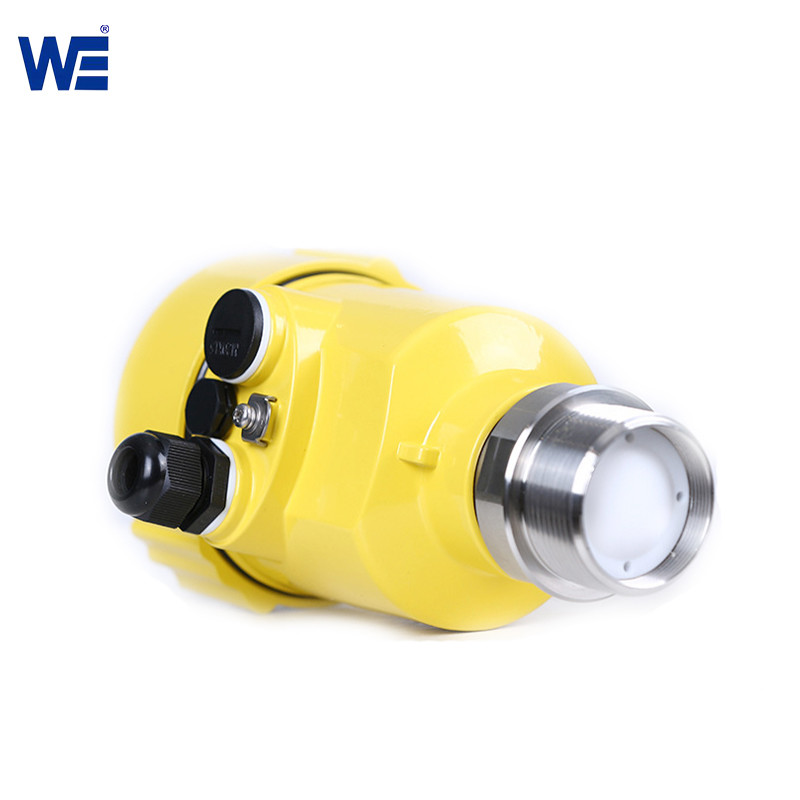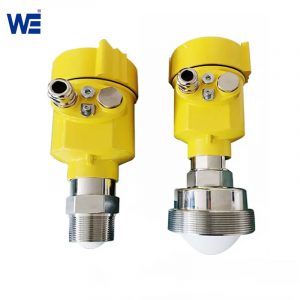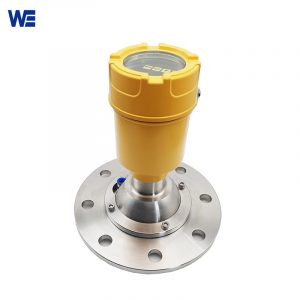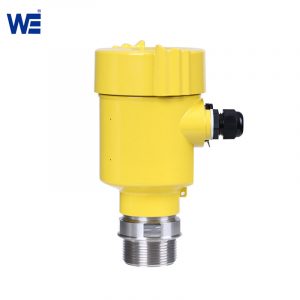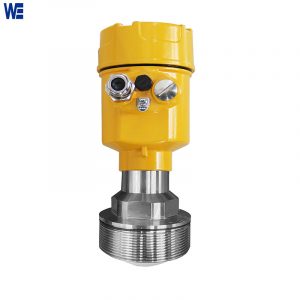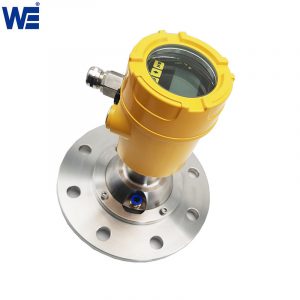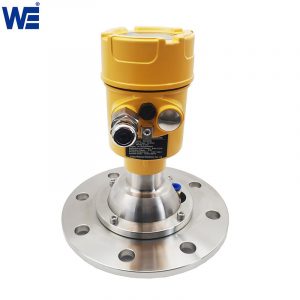- Have any questions?
- +86 15953537010
- admin@wepower-electronic.com
- Home
- Level Meter
- Radar Level Transmitter
- 80G Radar Level Meter
- Radar Level Sensor With 80 GHz
Radar Level Sensor With 80 GHz
Radar Level Sensor with 80 GHz is an upgraded liquid type FMCW through air radar level transmitter. For more detailed product information,we will give you the suitable model selection with your offered filed situation,get in touch with us right now.
![]()
Radar Level Sensor with 80 GHz adopts Frequency Modulated Continuous Wave technology.Wepower WERD-9X radar level transmitter offers excellent signal reception and penetrating ability , especially have ideal performance at measuring level of small, tall, narrow vessels,tanks ,silos, hoppers or agitated containers.
Compared with the 26G radar sensor antenna ,80 Ghz radar level sensor is the flush-mounted Lens antenna with material of PTFE or PFA,the lens dimension is based on the measuring range and the application occasion too.As the professional supplier of advanced radar level sensors ,for example, when used for food , medicine or other sanitary occasions , the flat flange process connecting with flush mounted lens is recommended for the liquids with hygienic requirements by Wepower Eelectronic.
![]()
| Name | Radar Level Sensor with 80 GHz |
| Model | WERD-9X/WERD-9XS |
| Medium | Liquids ,solids |
| Antenna Type | PTFE /PFA Lens |
| Measure Range | 0-120m (WERD-90/91/92)
0-10m (WERD-90S/91S/92S) |
| Accuracy | ±1mm |
| Response time | 0.6s |
| Display | LCD display |
| Beam angle | 3° /8° |
| Adjustment time | 1s (according to parameter setting) |
| Microwave frequency | 76-81 GHz,5GHz FMCW bandwidth |
| Output signal * | 4-20mA +HART, RS485 MODBUS -RTU |
| Power supply * | DC 6-24V, AC 220V/50Hz |
| Material | housing: aluminum, process connection: 304 stainless steel, |
| Pressure | 0.1-2MPa |
| Storage temperature | -40~+120℃ (-40~+212℉) |
| Protection class | IP67 |
| Electrical connection | 2 waterproof connectors M20*1.5mm, or 2 waterproof connectors 1/2″ NPT |
| Installation * | flange/thread |
| Explosion Proof Grade | Ex d[ia Ga] IIC T6 Gb |
![]()


![]()
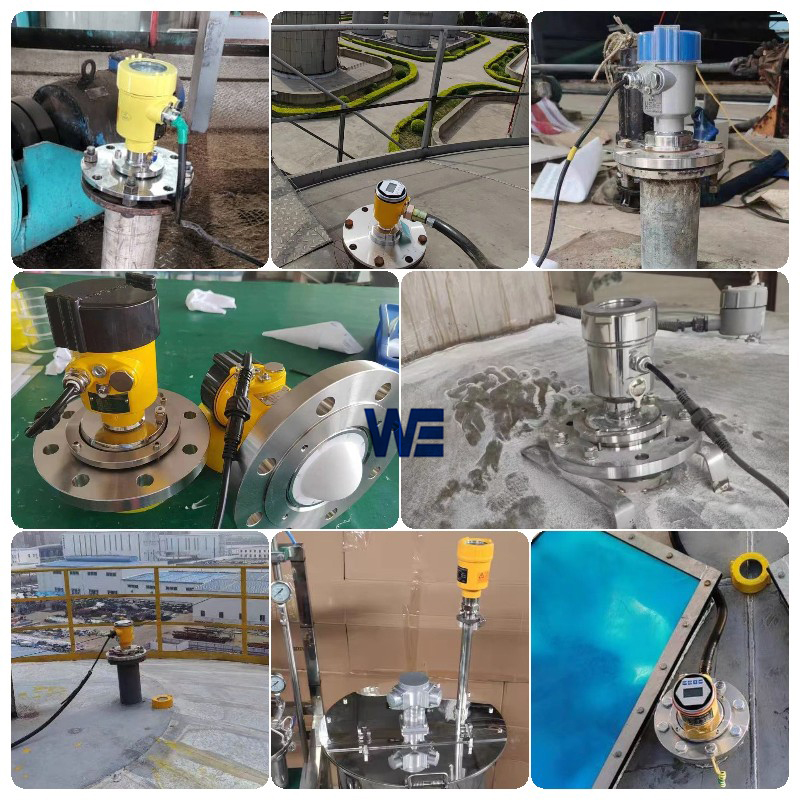

What is the difference between 26G pulse radar and 80G FM radar?
Smart radar level gauge (26G pulse radar and 80G frequency modulation radar) is suitable for non-contact continuous measurement of the level of liquid, slurry and granular materials, suitable for large temperature and pressure changes, corrosive media, or volatile medium. What is the difference between them?
For common pulsed radars, the time course of the pulses can be returned directly to a temperature-independent quartz oscillator. For FM CW radars, expensive oscillator temperature stabilization must be employed, or an internal reference source must be installed, often requiring constant autocalibration. The radar measured by ordinary pulse radar only supplies power to the oscillating system during a small working time, and the radar level gauge using frequency-modulated continuous wave radar needs to supply power to the oscillating system about half of the time during the entire working process.
The manufacturing cost of ordinary pulse radar level gauge is relatively low, and the manufacturing cost of frequency modulated continuous wave radar level gauge is relatively high.
For ordinary pulse radar, the accuracy can generally reach ±3~±10mm; for FM continuous wave radar, the accuracy can reach ±1mm.
For ordinary pulse radar, the range can generally reach 30M; for FM continuous wave radar, the maximum range can reach more than 100M.
For ordinary pulse radar, physical characteristics such as volatilization and crystallization of the measurement medium may affect the measurement; for frequency-modulated continuous wave radar, its beam angle is smaller, energy can be more concentrated, and penetration is stronger, which is suitable for violent liquid level fluctuations , with relatively harsh working conditions such as stirring.


